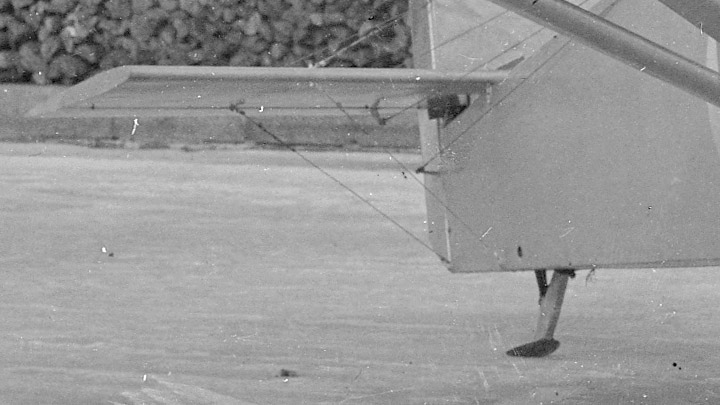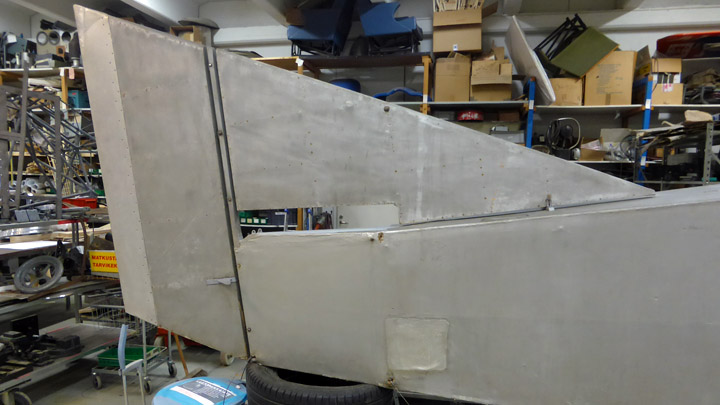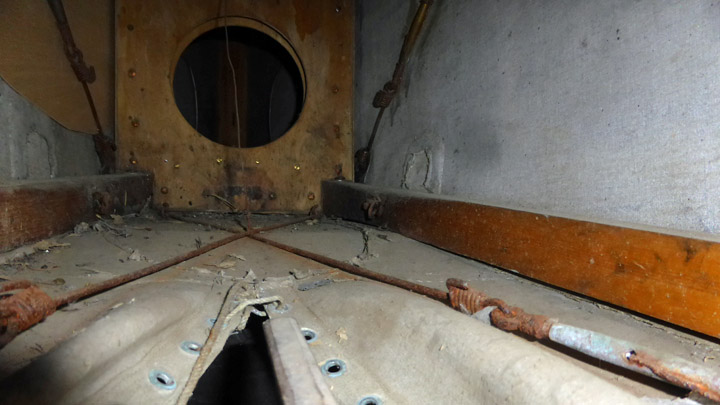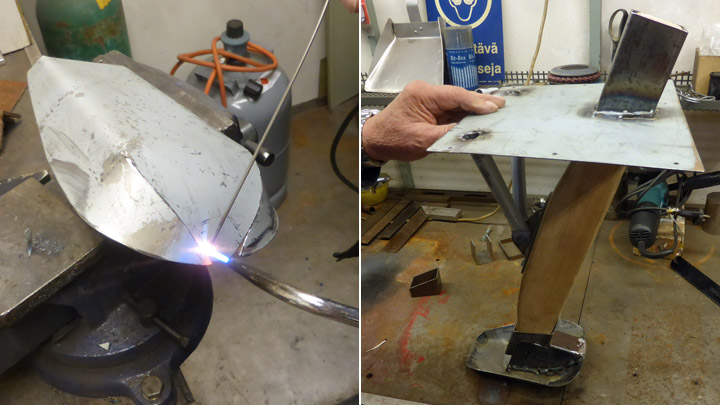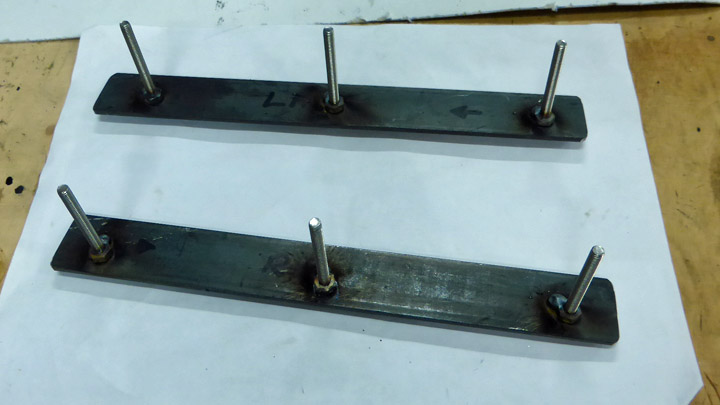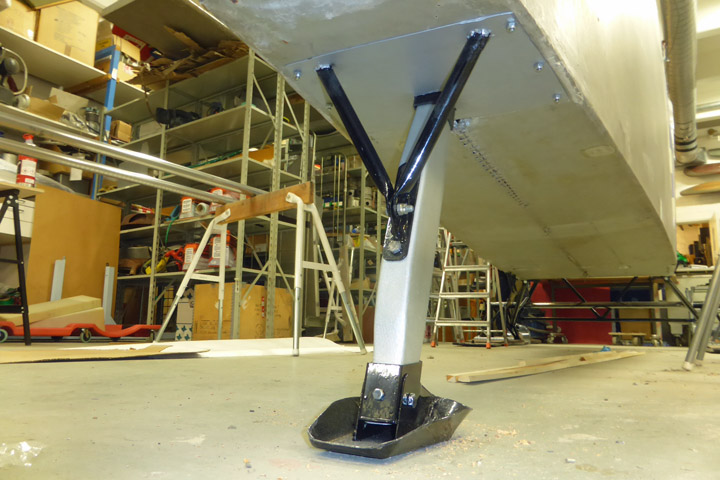The "Kurki" got it's spurTorstai 29.12.2016 - Member of Tuesday Club The I.V.L. K.1 Kurki fuselage brought for restauration/conservation by the Tuesday Club at Vantaa from the Päijänne-Tavastia Aviation Museum at Vesivehmaa was without its spur. And even more interesting was the fact that no sign of a spur having been installed could be found on the fuselage. This fact was strange, as a spoon-type spur can be seen on all historical photographs of the Kurki. Why was it now missing? Probably no final answer on this issue can be given, but we think we can provide an educated guess to this question.
Surviving photographs show, that the Kurki had a spur when it was flown using both a wheels and skies equipped undercarriage. But documents about the Kurki also tell us that it was finally also flown using floats. We presume that the spur and thereto related items inside the fuselage, useless on the float-version, were removed and the fuselage then partly re-covered.
In the end the Finnish Air Force was not interested in ordering the Kurki as a liaison-plane, and this led to an end of the development of the plane and to putting it in storage. And thus, it did not regain it’s removed spur. At some stage during it’s storage the floats were removed and replaced with skis, and like this it has been stored at Vesivehmaa since the late 1940ies. The skis are probably not the original ones belonging to the Kurki, but still typical 1920ies skis as produced by the Air Force Aircraft Factory.
As the Kurki is now on skis, it was decided to refit the missing spur. No drawings of the Kurki have survived, so to remake the spur we had a good look-see at available photographs of the Kurki. Based on them, we assumed that the shaft of the spur was wooden and the rest of it of metal construction. The wooden shaft was supported by a metal-tube support from behind and it was presumably fastened to the fuselage using a metal-plate. The shape of the metal spoon-part of the spur can be seen in the pictures. Based on this we could make the necessary work-drawings for the spur and start making it.
We started by making the wooden shaft of the spur. Then we fabricated the sheet-metal part with associated sleeve for fitting the wooden shaft and to fasten the assembly to the fuselage. For the spoon side of the shaft we made another metal-sleeve with which the shaft and the spoon are fastened to each other. Finally we welded the spoon from purpose cut metal parts. The spur-spoon and supporting metal tube assembly was painted using black Isotrol-varnish and the wooden shaft and metal fastening plate at the fuselage were painted silver.
The Kurki fuselage did not show any signs of how the spur had been originally fitted to the under-surface of the fuselage. We ended up bolting both sides of the upper metal plate of the spur assembly through the wooden bottom longerons running each side of the fuselage using inside metal supports to which the bolts had been welded atop the longerons.
Luckily, the fabric-covering on the bottom fuselage had been put in place using string-fastening, so it could be easily opened to install the needed metal-parts inside the fuselage. When the plates with associated bolts had been installed, whit the bolts going out through the holes in the longerons and the outside metal sleeve it was time to torque the nuts and the job was done. The result looks very much like the spur on the photographs of the original Kurki. |
|
Avainsanat: aviation history, restoring, old aircraft, IVL Kurki |


